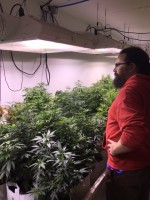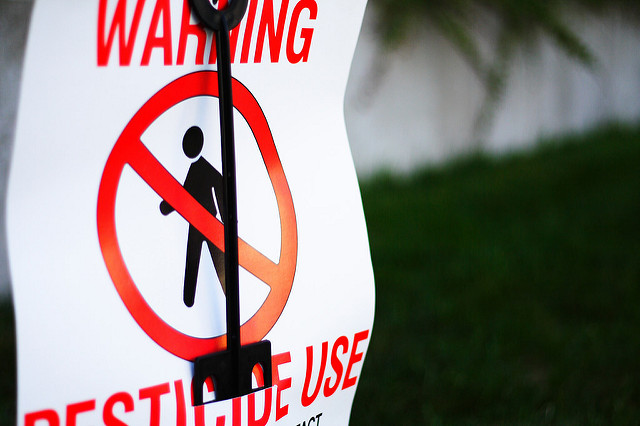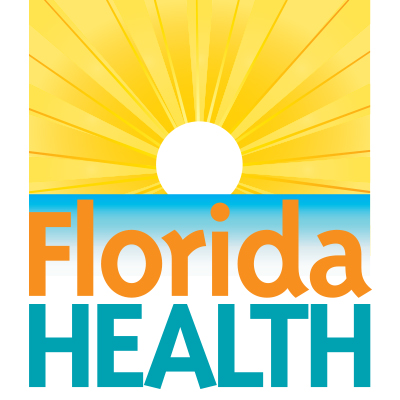Pennsylvania’s medical cannabis program may be young, but the industry in that state is off to a burgeoning start. Back in 2016, the state legalized medical cannabis. In 2017, the PA Department of Health began accepting applications for licenses and announced the first 12 winning applications. On February 15th, 2018, medical cannabis became available for more than 17,000 patients that registered in the program.
 In March of this year, Governor Tom Wolf announced two more dispensaries were approved to operate as well as another grower/processor licensee. At that time, the press release indicated more than 21,000 patients have registered to participate in the medical cannabis program.
In March of this year, Governor Tom Wolf announced two more dispensaries were approved to operate as well as another grower/processor licensee. At that time, the press release indicated more than 21,000 patients have registered to participate in the medical cannabis program.
Then in April, Governor Wolf announced Phase Two of their medical cannabis program, allowing the industry to grow even more. That allowed for 13 new grower/processor permits and 23 new primary dispensary permits, according to a press release, which moved the total up to 25 grower/processors licensees and 50 dispensary licensees.
![]() Just weeks later after that announcement, the PA Department of Health adjusted their program to allow patients access to whole plant, dried flower and opened up more qualifying conditions. The qualifying conditions added to the list now include cancer remission therapy as well as opioid-addiction therapy, which are two very notable additions. According to an April 6threport, 28,508 patients and 2495 caregivers registered with the program.
Just weeks later after that announcement, the PA Department of Health adjusted their program to allow patients access to whole plant, dried flower and opened up more qualifying conditions. The qualifying conditions added to the list now include cancer remission therapy as well as opioid-addiction therapy, which are two very notable additions. According to an April 6threport, 28,508 patients and 2495 caregivers registered with the program.
On May 15th, Governor Wolf approved eight universities to participate in a groundbreaking program, allowing Pennsylvania to take the first steps towards clinical research for medical cannabis. This research program would be the first of its kind in the country, allowing research institutions to explore the drug. The excitement was put on hold, however, when a Pennsylvania judge halted the program with an injunction. A handful of growers and dispensary owners in PA filed suit to stop the program on grounds that it violated the original intent of the law. State Representative Kathy Watson from Bucks County, the author of the research program, called the suit “pathetic because it’s all about the money.” We’ll follow closely with any new developments as they come.

Steven Schain, Esq., senior attorney at Hoban Law Group, a global cannabis law firm, represents multiple cannabis-related businesses in Pennsylvania. He says the program’s roll out has been fast with solid growth. “Within two years of the legislation’s enactment, Pennsylvania’s medical marijuana program has exceeded expectations with controlled, sustainable and quality growth,” says Schain. “The Pennsylvania Department of Health established ambitious goals, which they met timely and created a statewide program servicing over 10,000 patients in record time. Looming ahead is New Jersey’s adult use program, the anticipated robustness of which could undermine vigorous sales in southeastern Pennsylvania’s marijuana-related businesses.”
On May 30th, Philadelphia welcomed their first medical cannabis dispensary, with a location opening up their doors to patients in Fishtown. Now reports are coming in that say more than 37,000 patients have registered to date, with over 16,000 who have received their ID cards and medical cannabis at a dispensary.
Even though the research program might be on hold for now, Pennsylvania’s medical cannabis program is growing at a fast pace. The market there has blossomed in just a few short months to a whopping 37,000-registered patients, according to a press release form Governor Wolf’s office. Some say an additional 200,000 patients could qualify. With the second phase in sight, it seems Pennsylvania is on track to become a hotbed for business and research, developing into a massive medical cannabis marketplace soon. Stay tuned for more updates.






























